My Favourite Painting: Dame Marina Warner
'I find thrilling the abrupt shallow depth of field, pitching us viewers into the heap of corpses almost under the horse’s hooves. It’s a profound painting and a sobering one .'

Dame Marina Warner chooses The Triumph of Death:
‘When you enter the gallery, you’re confronted with this unforgettable giant spectre: the pale horse of the Apocalypse and the spookily long-limbed archer riding it, bareback, bone grinding on bone, as, beneath him, he levels the mighty – kings and popes, lords and ladies. Behind him, a group of lesser folk appeal for mercy and, before him, golden lads and girls keep up life’s civilised pleasures.
'I love the ferocious drama, set among subtle tones and refined drawing, those grey-blue Chinesey curls of the storm clouds! And I find thrilling the abrupt shallow depth of field, pitching us viewers into the heap of corpses almost under the horse’s hooves. It’s a profound painting and a sobering one. ’
Dame Marina Warner is professor of English and Creative Writing at Birkbeck College, London, and president of the Royal Society of Literature. Her latest book, Forms of Enchantment: Writings on Art and Artists, was published in 2018.
John McEwen comments on The Triumph of Death:
This fresco was commissioned by Alfonso V of Aragon, King of Sicily and Sardinia (1396–1458) for a palace he turned into a hospital. The picture was moved to its present site in visibly damaged sections.
The bubonic plague, that scourge of the Middle Ages, originated in China and spread west along trade routes, the bacterium supposedly carried by fleas on black rats. The busy ports of Palermo and Messina meant Sicily was one of the first places in Europe to suffer the ‘Black Death’ of 1347–51 – the name was coined in the 17th century. Recurrent outbreaks meant plague was Death’s spectre across Europe for generations. The only escape was to the countryside.
Death and his disgusting apocalyptic, semi-rotted, horse dominate the picture. The significantly Mongol bow and sheath fire pestilential arrows arbitrarily at rich and poor, young and old, female and male. They strike the neck – swollen lymph nodes are often a first plague symptom.
The apparently untroubled group on the right may refer to The Decameron by Boccaccio (1313–75), a collection of tales told by a group of 10 young Florentine aristocrats, seven women and three men, who escaped to a country villa and, over 10 days, told each other 100 stories.
Exquisite houses, the beauty of Nature, and how to get the most from your life, straight to your inbox.
Some attribute the painting to Antonio Pisanello (1395–1455/56), an Italian exponent of northern-influenced International Gothic, as opposed to the Renaissance tradition of Italy. Gothic embraced the grotesque and Pisanello is famous for his animals. He was in Palermo striking medals for Alfonso around this date.
About 150 people still annually die from bubonic plague, although there were protests when the Shiant Isles in the Outer Hebrides were recently cleared of the last known British colony of black rats.
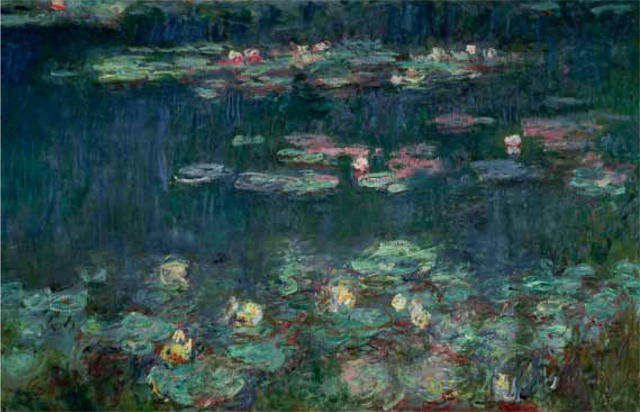
My Favourite Painting: Lulu
Lulu chooses her favourite painting for Country Life.
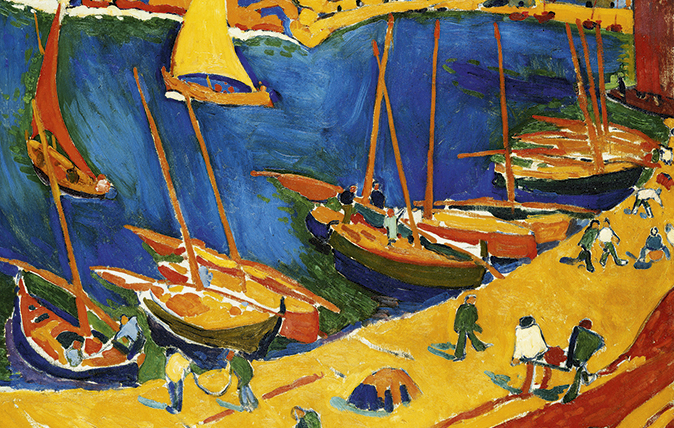
My favourite painting: Peter May
'Vividly coloured sailing boats in a harbour, which I gazed at for hours'
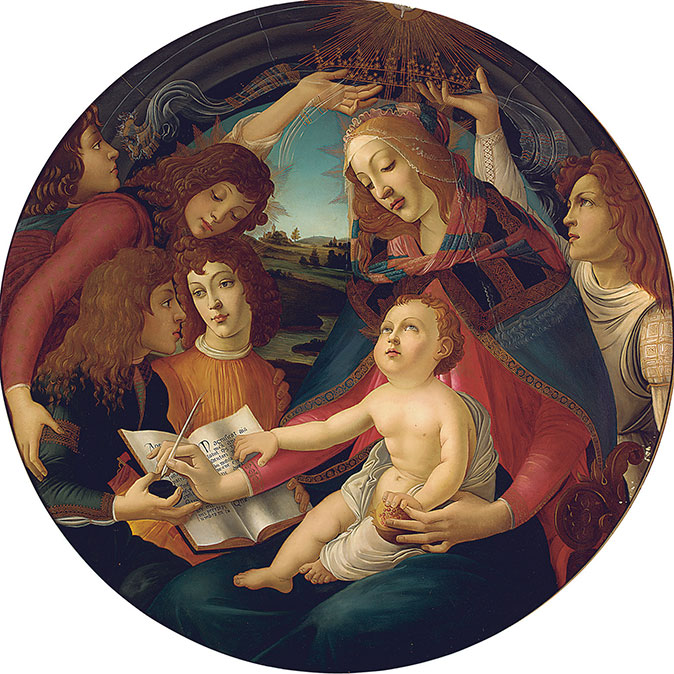
Credit: Bridgeman Images
My favourite painting: Mark Price
'The picture reminds me of her: I swear she is an angel.'
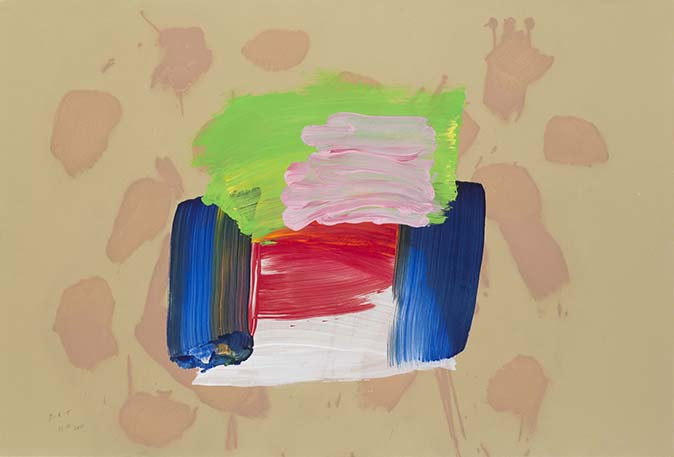
Credit: Courtesy of the artist’s estate/Alan Cristea Gallery
My favourite painting: Roger Wright
'Its typically powerful brushstrokes and juxtaposed gorgeous colours give a heart warming and evocative sense of fun and nostalgia'
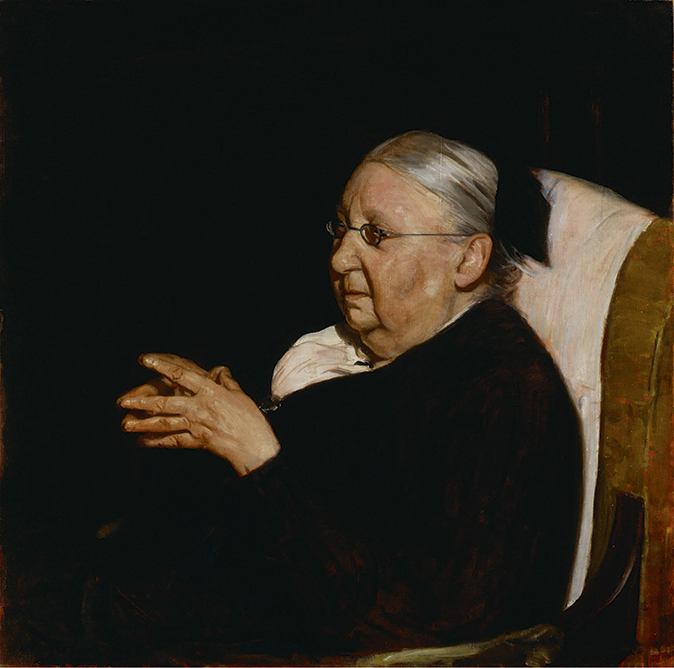
My favourite painting: Penelope Lively
'I love William Nicholson’s work. His still-lifes are incomparable.'
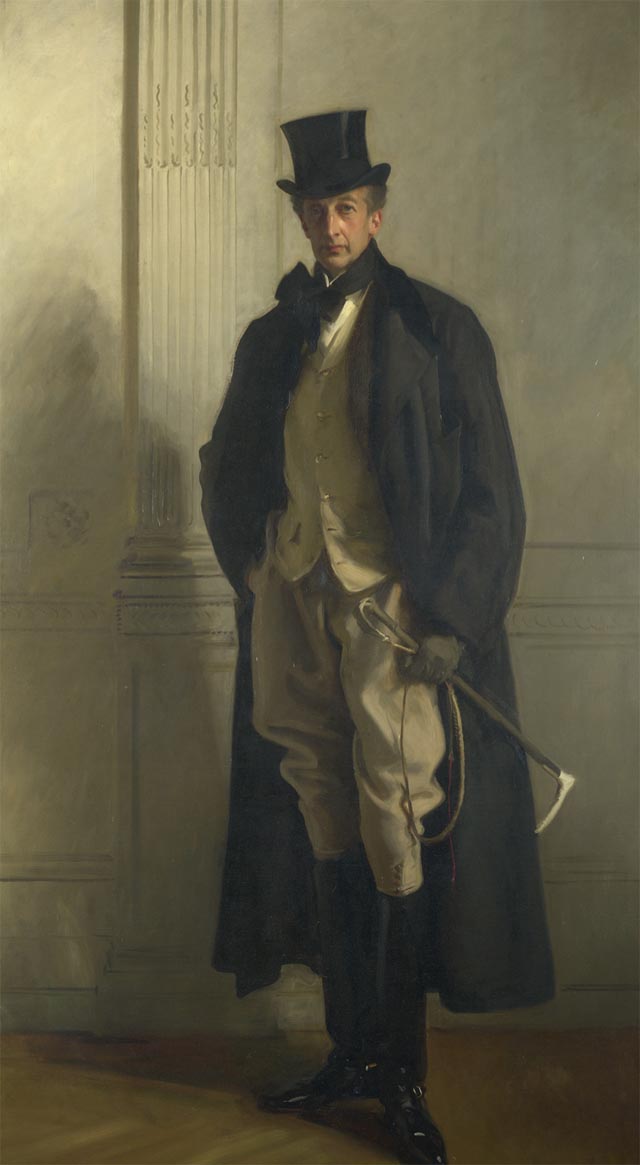
My favourite painting: David Starkey
David Starkey shares the one painting he would own, if he could
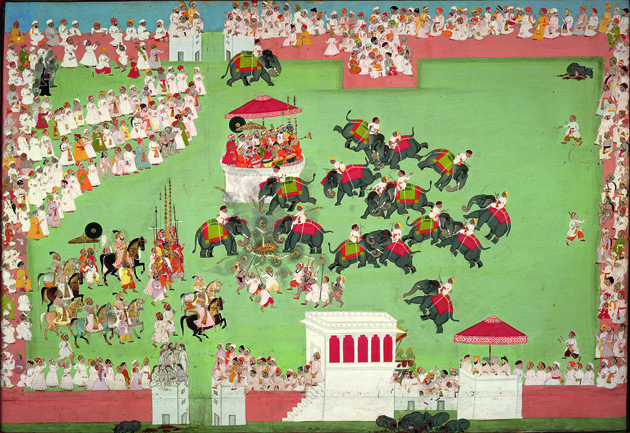
My favourite painting: Nicholas Coleridge
Nicholas Coleridge chooses Maharana Jagat Singh attending an elephant fight by Syaji and Sukha as his favourite painting
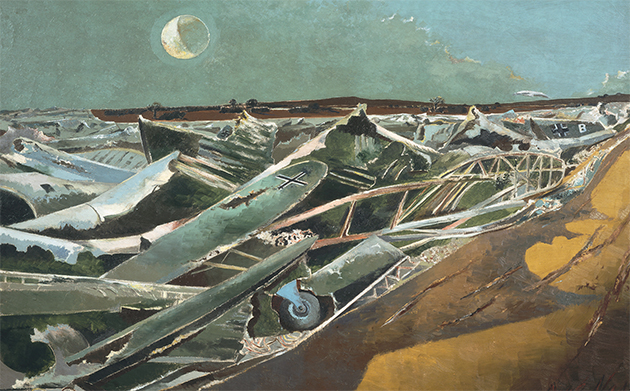
My favourite painting: Robert Macfarlane
Robert Macfarlane chooses his favourite painting for Country Life.
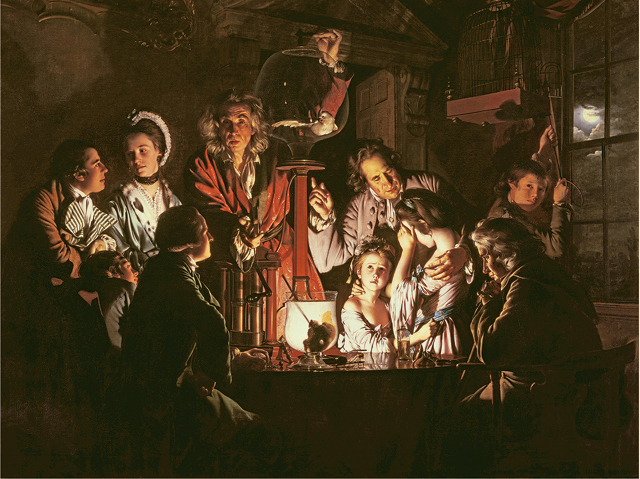
My favourite painting: Nicola Shulman
Nicola Shulman chooses her favourite painting for Country Life.
Country Life is unlike any other magazine: the only glossy weekly on the newsstand and the only magazine that has been guest-edited by His Majesty The King not once, but twice. It is a celebration of modern rural life and all its diverse joys and pleasures — that was first published in Queen Victoria's Diamond Jubilee year. Our eclectic mixture of witty and informative content — from the most up-to-date property news and commentary and a coveted glimpse inside some of the UK's best houses and gardens, to gardening, the arts and interior design, written by experts in their field — still cannot be found in print or online, anywhere else.
